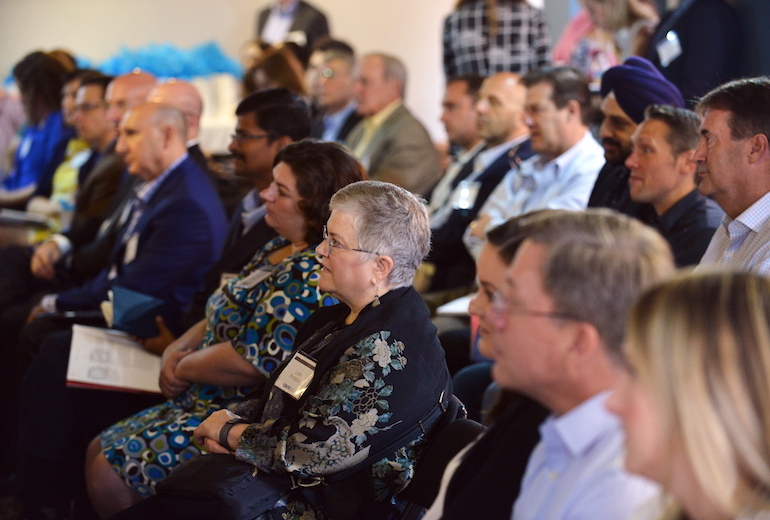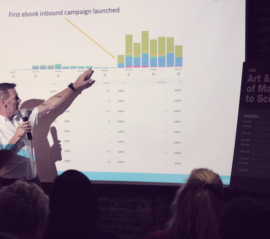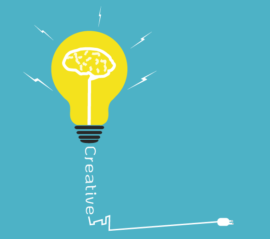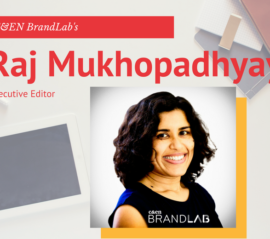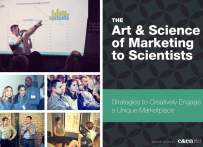Things are not quite as ‘easy’ as they once may have been. As the first question asked of our audience illustrated: What is the most highly clicked-on phrase in digital advertising? Would you have guessed “Skip Ad”? (Full discloser: as publishers, this makes us wince!) Behind this humor from our opening panelist during August’s science marketing event lie important statistics about industry-standard marketing methodologies. Click through rates on display advertising are around 0.05%. Cold calling sales prospects isn’t much better, according to another presenter, Paul Avery of BioStrata. Only 1% of all calls lead to an appointment, and only 1 out of 10 B2B decision-makers respond to cold outreach. This process is clearly costly and labor intensive, without a commensurate lead-generating ROI.
But why exactly is it less effective than in the past? We heard a few reasons:
• An astounding proliferation of digital and media content. Every minute, 500 hours of video are uploaded to YouTube, and 1,440 new blog posts are posted on WordPress. People have simultaneously become creators and consumers of content.
• Target audiences have empowered themselves with the ability to drown out what they don’t want to hear, with technology such as ad blocking, do not call lists, DVR and on-demand content.
• Consumers have more autonomy in educating themselves about products and brands independently, so they’re interested in a personal experience that provides valuable information and closes deals further along in the sales cycle.
The grand challenge for marketers then is attracting customers and convincing them to willingly provide information and advance buying cycle conversation. Because one theme remains clear: audiences will follow the conversation, even if it’s in an ad or part of a larger marketing campaign. If you can create compelling content, you can ensure that your targets will engage with your brand. So, how do brands become relevant, interesting and even necessary in a changing dynamic of information exchange?
It is this exact challenge that presents exciting new opportunities, the most substantial being connecting with audiences the right way. Advertising in general has long been plagued by overused and sometimes downright bad content. But a toolkit can be harnessed for integrated communication, holistic brand awareness, and entrenched customer loyalty.
Last month, C&EN Media Group, in conjunction with its new custom studio C&EN BrandLab, gathered today’s best science marketing and analytics specialists at a symposium in Washington, DC. Through case studies, audience Q&A, and group discussion, they shared observations and practical advice for more effective marketing specific to science and technology audiences.
Below are the most critical takeaways, complete with the full video of speaker presentations from our inaugural science marketing event.
Elevate Marketing Content Through Storytelling
Storytelling is a universally human way of making sense of our world in an impactful way. With the ubiquity and sheer volume of content and video competing for limited attention spans, people will not gravitate to anything, including advertising, that doesn’t stimulate or entertain them. Weaving storytelling and narrative into marketing content should be compulsory, both to inform audiences about your product organically, and to leverage thought leadership and industry expertise: today’s currency of trust. Rather than disrupting audiences, storytelling builds brand excitement through the channels and media they use in their daily lives anyway.
Remember the Human Element
Never forget that scientists are first and foremost people. Like everyone else, they enjoy things that are interesting, humorous and connect with their humanity. As CG Life’s Murad Sabzali pointed out, as a marketer, your job is to meet the person beyond the lab coat, then engage with them appropriately. What is important to your customer and what kinds of things are they into? What do they need to hear/learn/know? What kind of platform do they prefer for digesting information? (A key question for the millennial generation.) Are there cultural touchstones you can appropriate to garner attention?
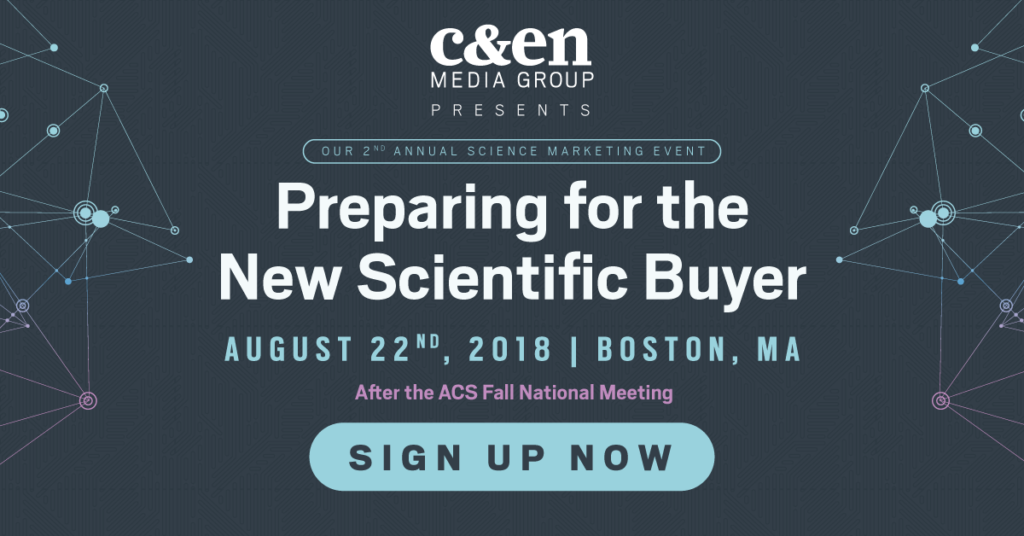 Ask Questions and Be Authentic
Ask Questions and Be Authentic
While content is the lynchpin of a modern inbound marketing campaign, it cannot be disseminated arbitrarily or simply with lead generation in mind. Authenticity requires introspection and commitment to understanding customer demographics. Our panelists from HDMZ posed to the audience to ask themselves: How are you serving your customers and how does your product fit into their lives? Why is it exciting or important? How do you empower and elevate your customer as a researcher? To help answer these questions, Raj Mukhopadhyay of C&EN BrandLab advised the audience to mine for unexpected stories to convey these principles, be it a human-interest factor, innovation impact, or tapping into empathy. What reasons will you give a potential customer to extend further conversation with you?
Mind the Sales Cycle and End Goals
At the end of the day, you are still trying to generate leads, sell your product and run a successful business. Start every campaign with an audit of goals, resources on hand, and where you provide expertise. Research and interview your buyer extensively, and get to know where they are in the buyer’s journey. Plan your campaign and content exhaustively, including what kind of tactical content you’ll deploy (webinars, social media, blogging), what context it brings to key stages of the buying journey, and when it will be released. Chuck Miller and Andrew Sober of The Market Element presented a case study outlying the process of how they did this for one of their clients. Don’t forget a call to action on every piece of marketing collateral, but nothing too cumbersome or disruptive for your customer.
Analyze, Adjust and Pivot
Great content marketing is an art, but implementing and measuring it is very much a science. Sales and inbound marketing platforms such as HubSpot, Salesforce and others can help you plan, execute and analyze campaigns through proven metrics. Search engine optimization (SEO), for example, makes content relevant, searchable, and valuable. Jim Regan of Aptuit advises measuring engagement through incremental results over time. Be willing to retreat from bad strategies and amplify the good ones. And remember, scientists are empirical, evidence-based creatures. Use these concrete numbers to convince skeptical CEOs or lab managers of your methodology.
If it seems like marketing is harder than ever before, that’s because it is!
Marketers must be willing to learn, evolve quickly, and stay ahead of behavior trends and scientific innovation. The established foundational tools of marketing aren’t necessarily obsolete, they’re just being repurposed and subsumed into a divergent overall strategy. For example, omni channel marketing unifies multiple platforms, data mining and sales strategies, including tailored outbound marketing, for a seamless customer engagement and buying experience.
To learn more about these best practices and how to stay ahead of the curve in our unique space, subscribe to our monthly newsletter here. Below are more resources, from this event and beyond, to help with your marketing initiatives in the coming year.
- All slide presentations from The Art & Science of Marketing event via SlideShare
- All videos from the event can be found on our Vimeo channel
- Get to know C&EN BrandLab custom content studio
- Be the first to know when we launch our next event, by filling out this form
Don’t forget you can always talk to someone about these marketing strategies and better advertising tools at cenmediagroup@acs.org.
Keywords: C&EN BrandLab, content marketing, Custom Content, Digital Strategies, inbound marketing, industry events, Lead Generation, native advertising, science marketing events, storytelling, trends
 Subscribe
Subscribe